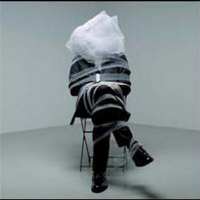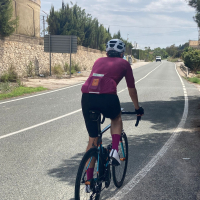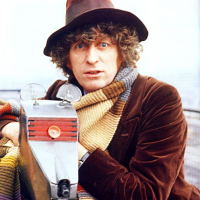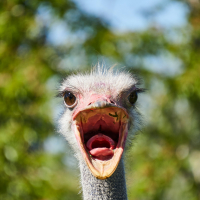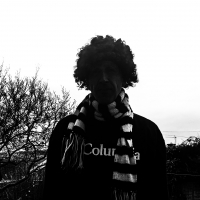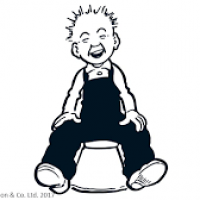TDF 2022:- Stage 9: Aigle to Châtel les Portes du Soleil 192.9Kms ***Spoilers***

blazing_saddles
Posts: 22,730
Stage 9: Aigle to Châtel les Portes du Soleil 192.9Kms
Start Time 12-30CET.
Almost entirely on Swiss soil, this 193-kilometer stage features two Cat. 1 climbs in the Alps along with an uphill finish into the French ski town of Chátel. The first Alpine stage is a tribute from the Grand Boucle to the UCI as Aigle is the headquarter of the international organization. And being the last stage before a rest day there could well be a battle between the GC contenders on the demanding finale.

While the Tour de Romandie is a regular visitor to Aigle, it’s a first for the Tour de France.
An early breakaway is sure to form on the opening 150-kilometer loop from the UCI headquarters in Aigle that heads west along Lake Geneva and then up through the Gruyère cheese countryside before crossing the easy Col des Mosses and stiffer Col de la Croix before a 20-kilometer-long plunge back to Aigle.
The riders tackle three intermediate climbs in the second half of the race before the finish runs slightly uphill.

The Climbs:
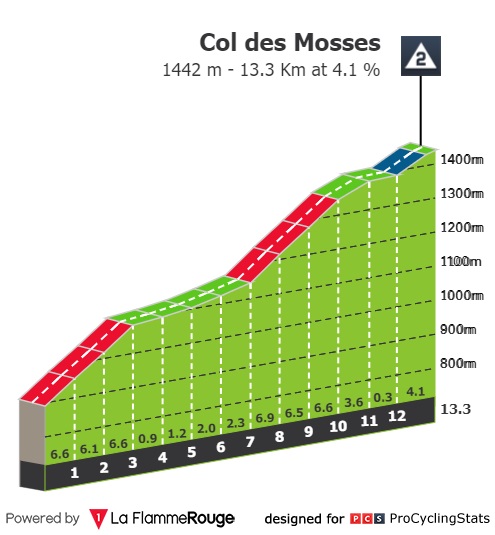
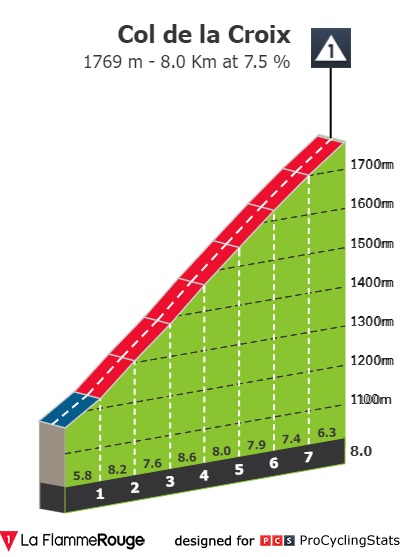
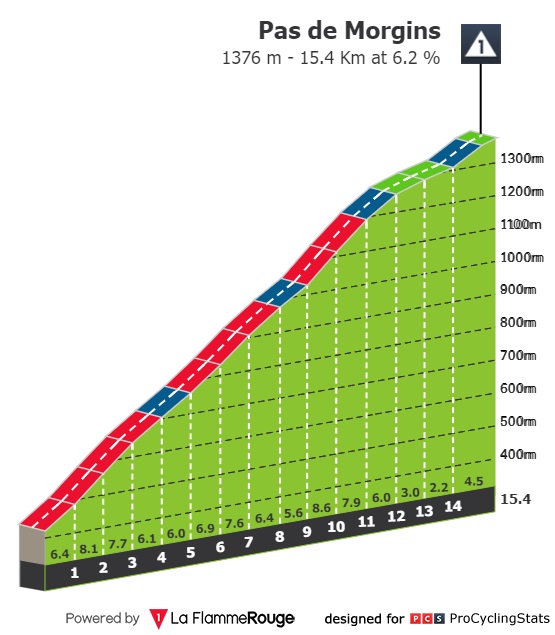
Final Kms.
Following the downhill and 15 kilometres on the flat the riders are approaching the finale. Le Tour re-enters France on the Pas de Morgins (15.4 kilometres at 6.1%) before a 6 kilometres descent takes them to the foot of the last uphill section of the day. Which is 3.5 kilometres long and rises at 4% before crossing the finish line in Châtel.


What to Expect:
Three relatively easy climbs in the first 100 kilometres. The riders then continue on the flat to the modest finish climb. Meaning, odds are that the GC riders will keep their powder dry, especially with a rest day following and what comes next.
Stage hunters will have free rein in stage 10.
Aigle
Population: 10,500
Specialities: papet vaudois (Swiss potée), saucisson vaudois, white wines from the Chablais.
AIGLE, A STORY
Capital of cycling... and of Chasselas
The cultivation of vines has been part of Aigle's identity since the 8th century, when the first mention of vines in the city of Aigle was made. Indeed, the vineyard has left its mark on the Aigle landscape, as the town is surrounded by a sea of vines. Those vines produce the most famous Swiss wine, Chasselas (a dry white wine). Aigle is considered to be the centre of the Chasselas triangle, a region between Geneva, Biel and Sion, which accounts for 75 pc of the world's Chasselas production (for wine-making purposes). Historians trace its origins to the Egyptians, a hypothesis confirmed by the discovery of grape seeds. Legend has it that in 1523 a diplomat brought some plants from Constantinople to France. Opinions are divided as to whether the origin of Chasselas comes from France or whether the Romans had previously imported it... it is certain, however, that Chasselas has found a favourite place in the Pays de Vaud and in Aigle. The best Chasselas in the world are elected in Aigle every year since 2012 during the Mondial du Chasselas which takes place at the Château d'Aigle.


Along the Route.
Km 63.8
GRUYERES (Pop: 2,200)
Castle of Gruyères
Foundation: 13th century.
History: mentioned for the first time in the archives in 1244, the castle is the main residence of one of the most important noble families of Western Switzerland in the Middle Ages, the Counts of Gruyère.

Gruyere cheese
Gruyere is a Swiss cow's cheese which takes its name from Gruyère, a region in the canton of Fribourg, where it originally came from. It has had a protected designation of origin since 2013. Its production area covers the cantons of Fribourg, Vaud, Neuchâtel, Jura, the Bernese Jura district and some municipalities in the Bernese canton. Alpine Gruyère cheese is only made in about fifty mountain pastures. The first mention of the word Gruyere to designate a cheese dates back to the 17th century.
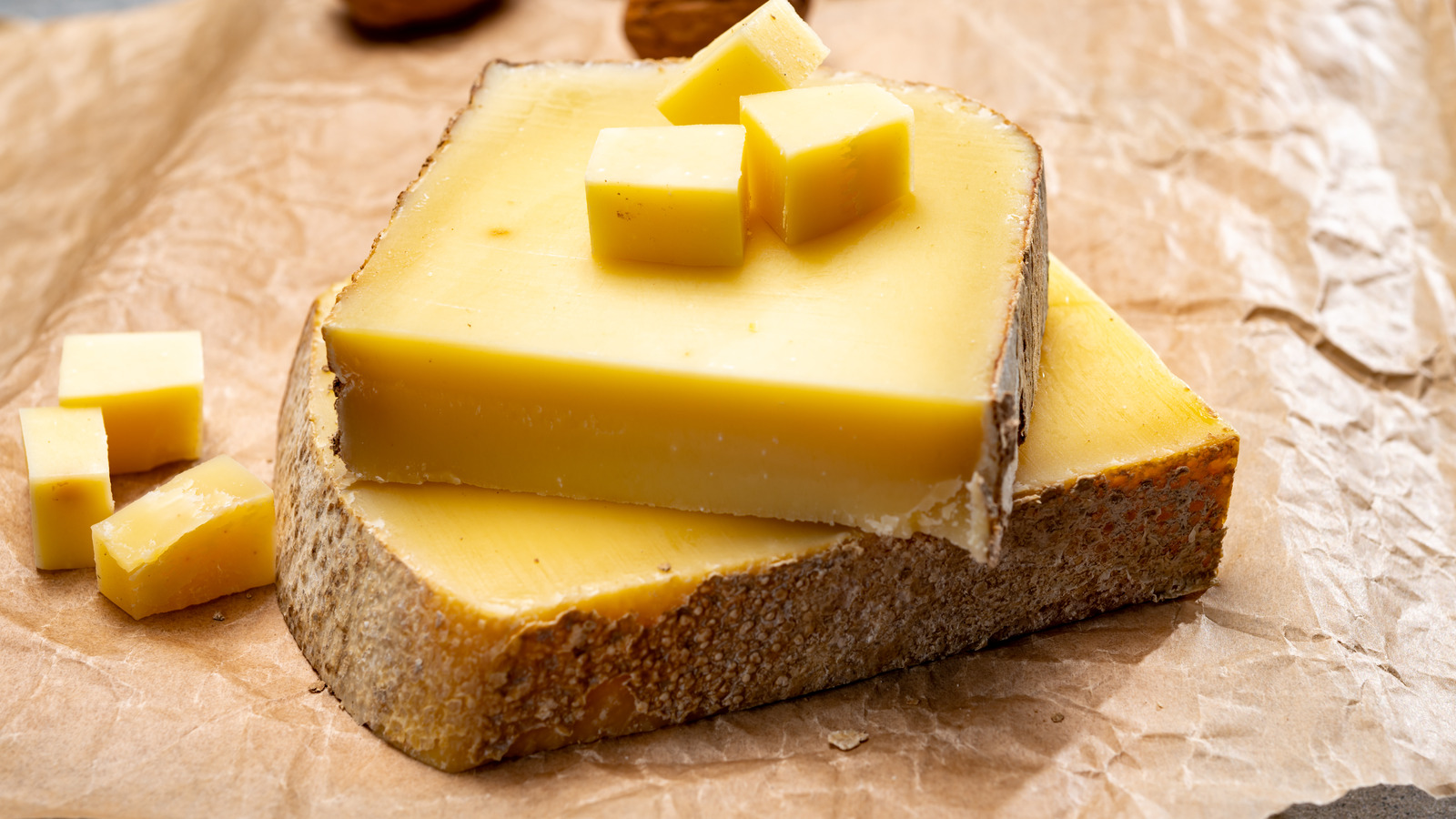
Châtel Les Portes du Soleil
Population: 1,250
Specialities: Potato fritters, Polenta, cabbage sausage, diots in white wine, fondue, raclette, rissoles, apple Matafan (apple turnover cooked in a pan), fish from Lake Geneva (féra, perch, arctic char, trout), cheeses (AOC Abondance, vacherin, tomme and raclette), Berthoud (a dish made from Abondance cheese and white wine)
CHÂTEL AND CYCLING
The Tour stopped in Châtel in 1975 for a mountain stage won by Lucien Van Impe, who did not put the Yellow Jersey of Bernard Thévenet at threat. Much later on the Critérium du Dauphiné, the final stage in 2012 was won in Châtel by Dani Moreno, while Bradley Wiggins successfully defended his GC. The following year, the Tour de l'Avenir brought together young riders for two stage starts, won respectively by the promising Simon Yates in Morzine and Julian Alaphilippe on the Plateau des Glières. In the 2010 Tour de Romandie, it was Slovenian Simon Spilak who won the stage.
Apple Matafan
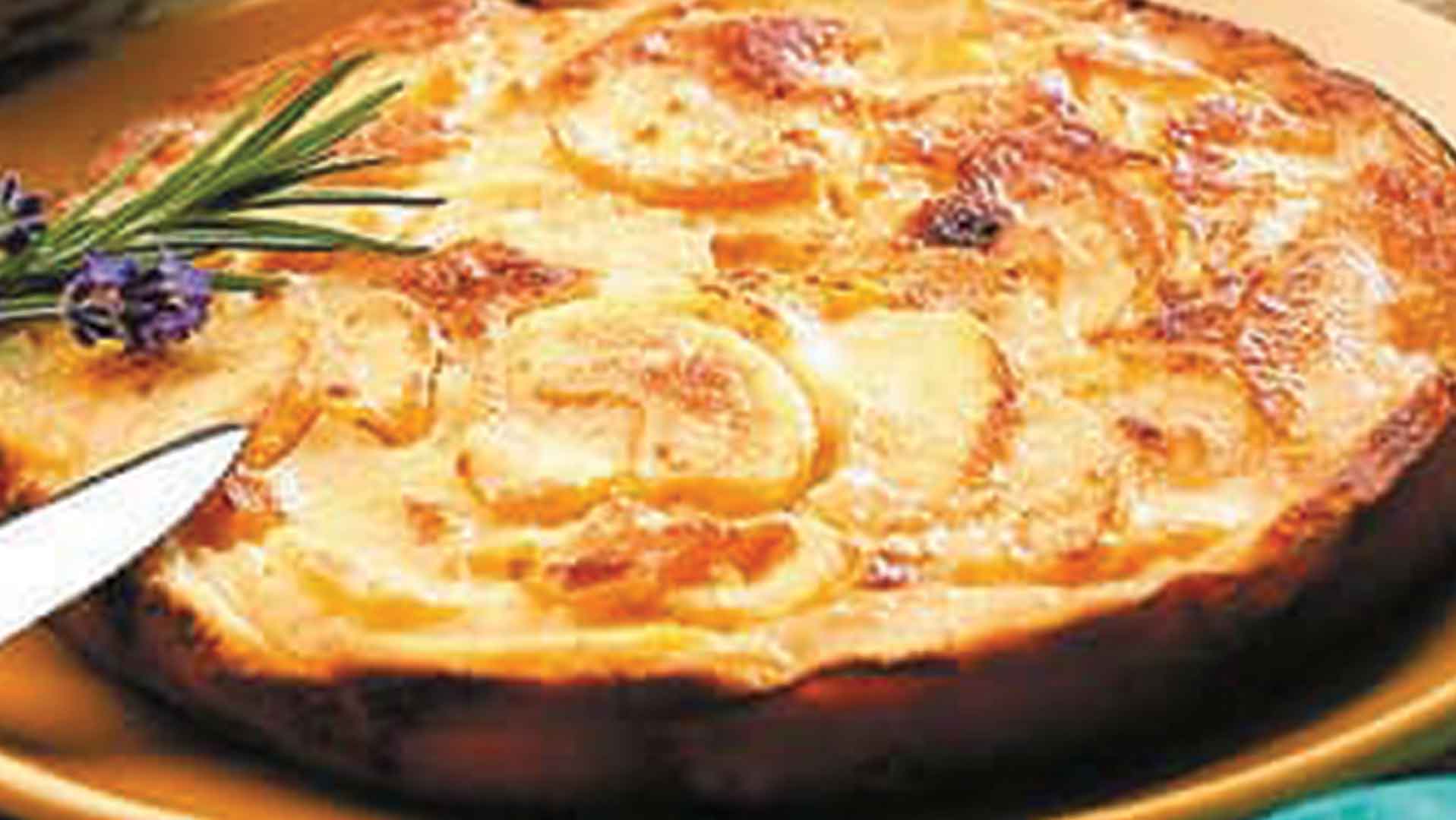
Berthoud
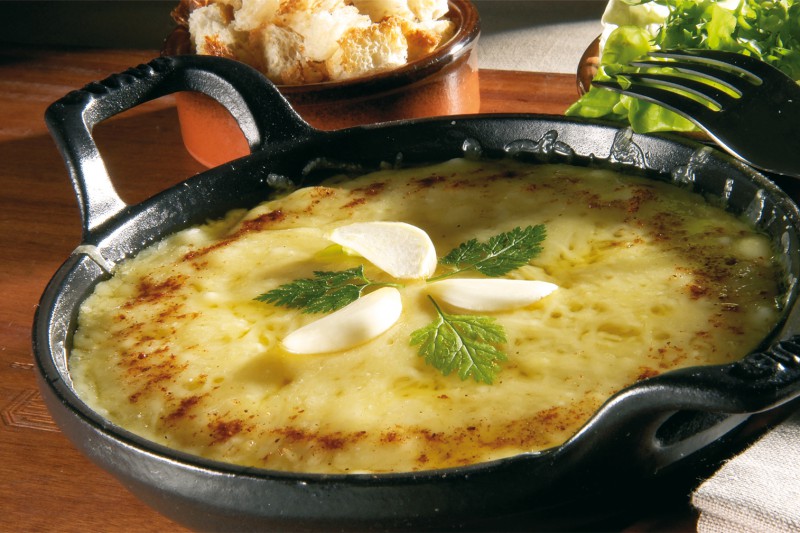
Start Time 12-30CET.
Almost entirely on Swiss soil, this 193-kilometer stage features two Cat. 1 climbs in the Alps along with an uphill finish into the French ski town of Chátel. The first Alpine stage is a tribute from the Grand Boucle to the UCI as Aigle is the headquarter of the international organization. And being the last stage before a rest day there could well be a battle between the GC contenders on the demanding finale.

While the Tour de Romandie is a regular visitor to Aigle, it’s a first for the Tour de France.
An early breakaway is sure to form on the opening 150-kilometer loop from the UCI headquarters in Aigle that heads west along Lake Geneva and then up through the Gruyère cheese countryside before crossing the easy Col des Mosses and stiffer Col de la Croix before a 20-kilometer-long plunge back to Aigle.
The riders tackle three intermediate climbs in the second half of the race before the finish runs slightly uphill.

The Climbs:



Final Kms.
Following the downhill and 15 kilometres on the flat the riders are approaching the finale. Le Tour re-enters France on the Pas de Morgins (15.4 kilometres at 6.1%) before a 6 kilometres descent takes them to the foot of the last uphill section of the day. Which is 3.5 kilometres long and rises at 4% before crossing the finish line in Châtel.


What to Expect:
Three relatively easy climbs in the first 100 kilometres. The riders then continue on the flat to the modest finish climb. Meaning, odds are that the GC riders will keep their powder dry, especially with a rest day following and what comes next.
Stage hunters will have free rein in stage 10.
Aigle
Population: 10,500
Specialities: papet vaudois (Swiss potée), saucisson vaudois, white wines from the Chablais.
AIGLE, A STORY
Capital of cycling... and of Chasselas
The cultivation of vines has been part of Aigle's identity since the 8th century, when the first mention of vines in the city of Aigle was made. Indeed, the vineyard has left its mark on the Aigle landscape, as the town is surrounded by a sea of vines. Those vines produce the most famous Swiss wine, Chasselas (a dry white wine). Aigle is considered to be the centre of the Chasselas triangle, a region between Geneva, Biel and Sion, which accounts for 75 pc of the world's Chasselas production (for wine-making purposes). Historians trace its origins to the Egyptians, a hypothesis confirmed by the discovery of grape seeds. Legend has it that in 1523 a diplomat brought some plants from Constantinople to France. Opinions are divided as to whether the origin of Chasselas comes from France or whether the Romans had previously imported it... it is certain, however, that Chasselas has found a favourite place in the Pays de Vaud and in Aigle. The best Chasselas in the world are elected in Aigle every year since 2012 during the Mondial du Chasselas which takes place at the Château d'Aigle.


Along the Route.
Km 63.8
GRUYERES (Pop: 2,200)
Castle of Gruyères
Foundation: 13th century.
History: mentioned for the first time in the archives in 1244, the castle is the main residence of one of the most important noble families of Western Switzerland in the Middle Ages, the Counts of Gruyère.

Gruyere cheese
Gruyere is a Swiss cow's cheese which takes its name from Gruyère, a region in the canton of Fribourg, where it originally came from. It has had a protected designation of origin since 2013. Its production area covers the cantons of Fribourg, Vaud, Neuchâtel, Jura, the Bernese Jura district and some municipalities in the Bernese canton. Alpine Gruyère cheese is only made in about fifty mountain pastures. The first mention of the word Gruyere to designate a cheese dates back to the 17th century.

Châtel Les Portes du Soleil
Population: 1,250
Specialities: Potato fritters, Polenta, cabbage sausage, diots in white wine, fondue, raclette, rissoles, apple Matafan (apple turnover cooked in a pan), fish from Lake Geneva (féra, perch, arctic char, trout), cheeses (AOC Abondance, vacherin, tomme and raclette), Berthoud (a dish made from Abondance cheese and white wine)
CHÂTEL AND CYCLING
The Tour stopped in Châtel in 1975 for a mountain stage won by Lucien Van Impe, who did not put the Yellow Jersey of Bernard Thévenet at threat. Much later on the Critérium du Dauphiné, the final stage in 2012 was won in Châtel by Dani Moreno, while Bradley Wiggins successfully defended his GC. The following year, the Tour de l'Avenir brought together young riders for two stage starts, won respectively by the promising Simon Yates in Morzine and Julian Alaphilippe on the Plateau des Glières. In the 2010 Tour de Romandie, it was Slovenian Simon Spilak who won the stage.
Apple Matafan

Berthoud

"Science is a tool for cheaters". An anonymous French PE teacher.
1
Comments
-
I went for a route reccy in February 😉


0 -
P.s. should be on Galibier from tomorrow... But fecking wean's passport still not back... Since February AAAAAARGHHHH0
-
-
Is that a pith helmet??1
-
-
If the GC teams don't leave some crumbs for the break soon there's going to be trouble. Think it's today it happens.
Fuglsang is a potential pick now he's dropped some timeWarning No formatter is installed for the format0 -
100% thisddraver said:It really burns that the only reason I'm not there watching this is because racists voted for an utterly disgraced moron...
3 -
ddraver said:
It really burns that the only reason I'm not there watching this is because racists voted for an utterly disgraced moron...
alan_a said:
100% this</ must be wonderful having money for discretionary adventures , and smug and sanctimonious to boot. I’m sure you appreciate my frankness.ddraver said:It really burns that the only reason I'm not there watching this is because racists voted for an utterly disgraced moron...
0 -
I'll fix the quotes and just point out the obvious - if ddraver was talking about a pleasure trip to watch the tour, there would be no new obstacle in the way. There's another thread for all this though.Matti66 said:0 -
Surely there must be a breakaway given 10 minutes today?0
-
Couple of cat 1s but the climbs don't look too steep so rouleurs or climbers might fancy their chances in a break so hopefully we'll see a lot of action early on and a big group go up the road.
[Castle Donington Ladies FC - going up in '22]0 -
-
Guerreiro today's covid casualty.
Asgreen also out. Knee knack.0 -
Asgreen's knee has actually healed now, but he reckons he's lost a kilo of muscle mass 😱kingstongraham said:Guerreiro today's covid casualty.
Asgreen also out. Knee knack.Warning No formatter is installed for the format0 -
Well, they're in bug central Switzerland, if the Tour de Suisse dropouts are anything to go by, so...0
-
...cut that ride short ...Did kamna lose time on stage 8?"If I was a 38 year old man, I definitely wouldn't be riding a bright yellow bike with Hello Kitty disc wheels, put it that way. What we're witnessing here is the world's most high profile mid-life crisis" Afx237vi Mon Jul 20, 2009 2:43 pm0
-
mididoctors said:
...cut that ride short ...Did kamna lose time on stage 8?
3 minutes 33Twitter: @RichN950 -
Froome trying for the early break"Science is a tool for cheaters". An anonymous French PE teacher.0
-
Kom manuverRichN95. said:"If I was a 38 year old man, I definitely wouldn't be riding a bright yellow bike with Hello Kitty disc wheels, put it that way. What we're witnessing here is the world's most high profile mid-life crisis" Afx237vi Mon Jul 20, 2009 2:43 pm0 -
Cav is on Eurosport comms"Science is a tool for cheaters". An anonymous French PE teacher.0
-
Schachmann, Grosschartner, Powless and Mike Woods involved in a small crash on a piece of Kirby street furniture"Science is a tool for cheaters". An anonymous French PE teacher.0
-
Ineos are up for it today, trying to get someone in the breakWarning No formatter is installed for the format0
-
What's actually the group's... utter confusion.."If I was a 38 year old man, I definitely wouldn't be riding a bright yellow bike with Hello Kitty disc wheels, put it that way. What we're witnessing here is the world's most high profile mid-life crisis" Afx237vi Mon Jul 20, 2009 2:43 pm0
-
This lot need to push on and make it stick"If I was a 38 year old man, I definitely wouldn't be riding a bright yellow bike with Hello Kitty disc wheels, put it that way. What we're witnessing here is the world's most high profile mid-life crisis" Afx237vi Mon Jul 20, 2009 2:43 pm0
-
Nuts start again.
Warning No formatter is installed for the format0
